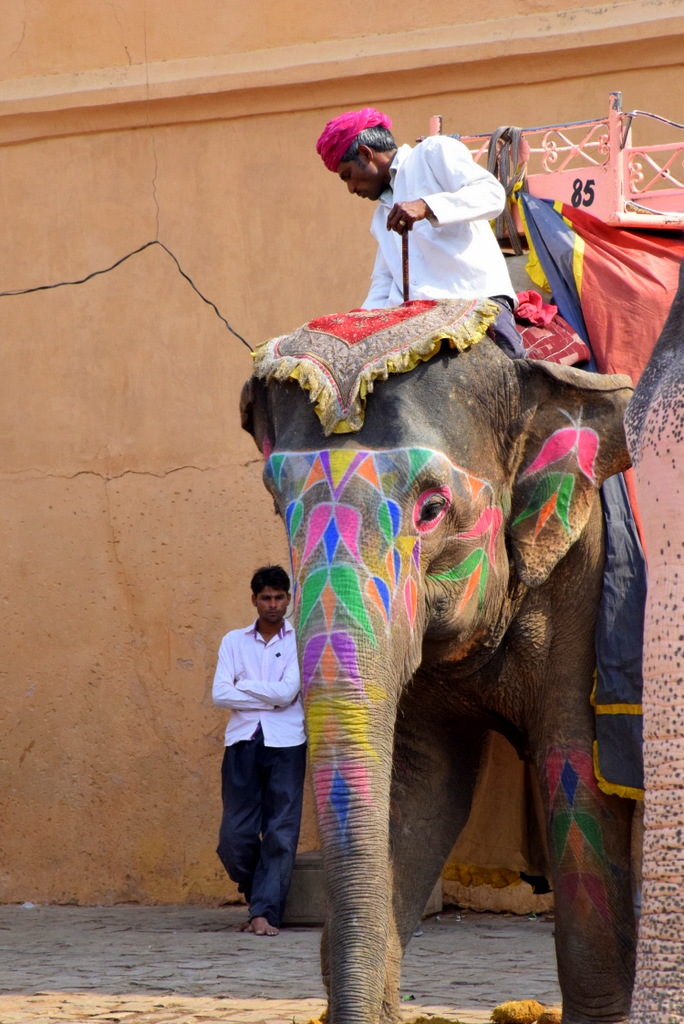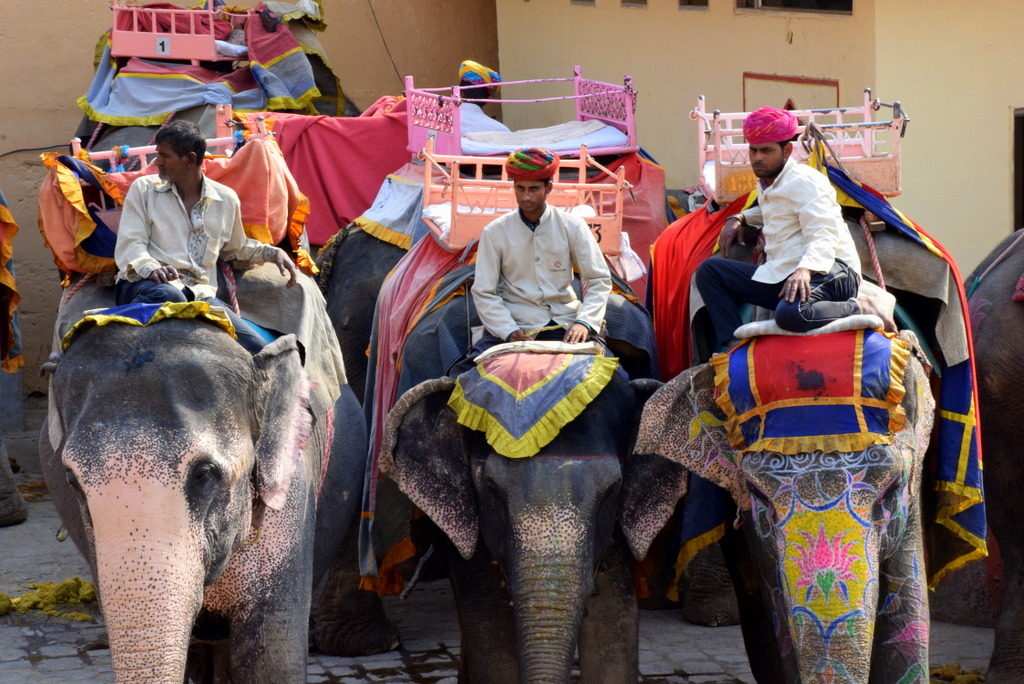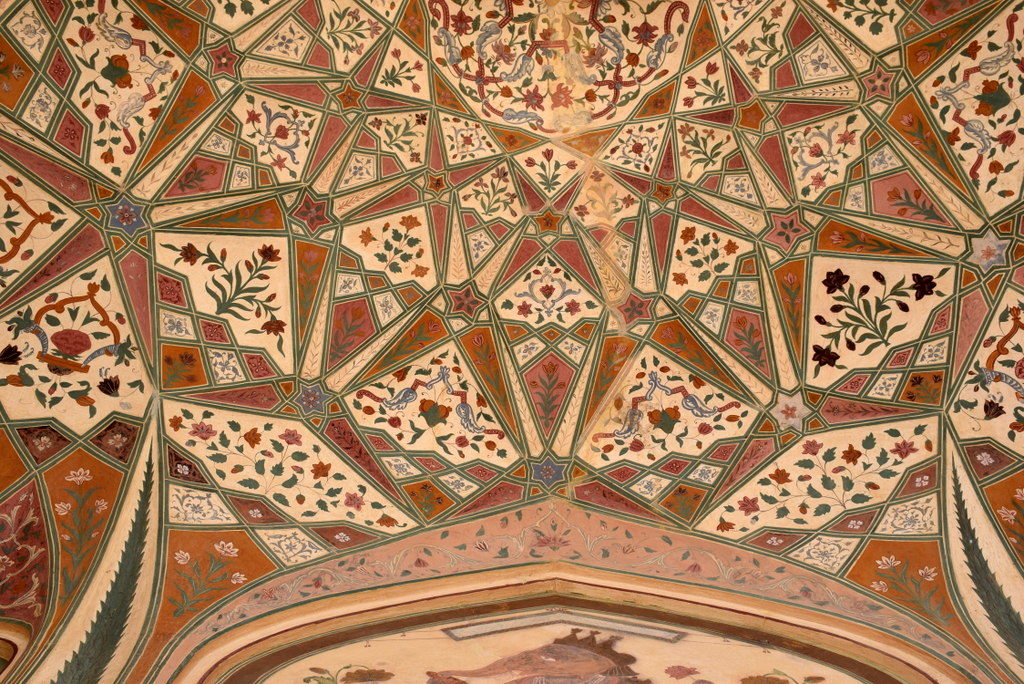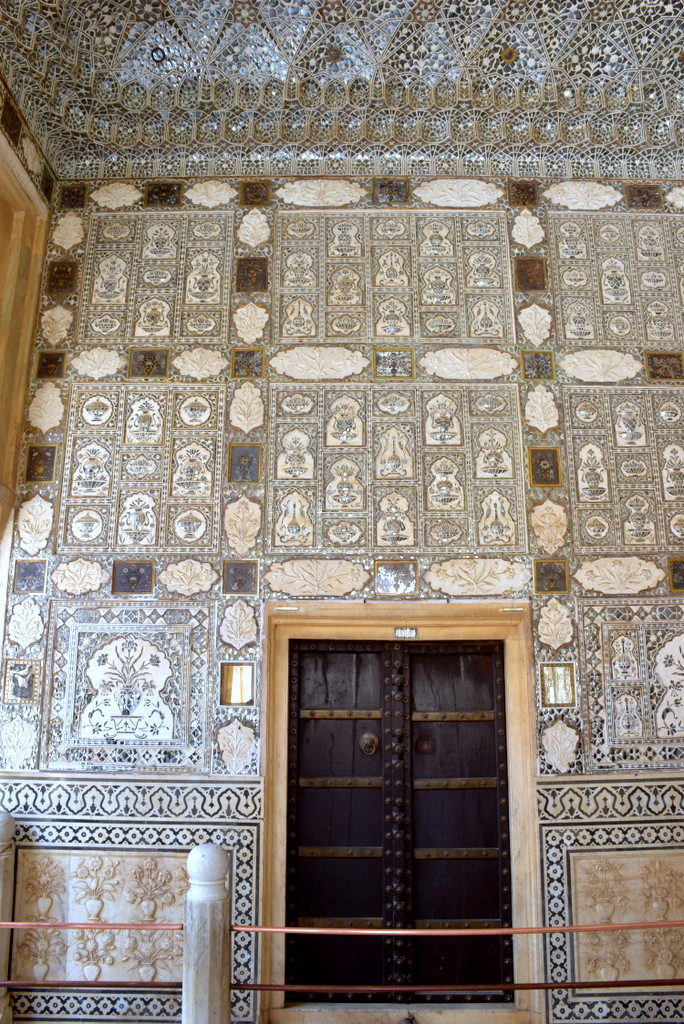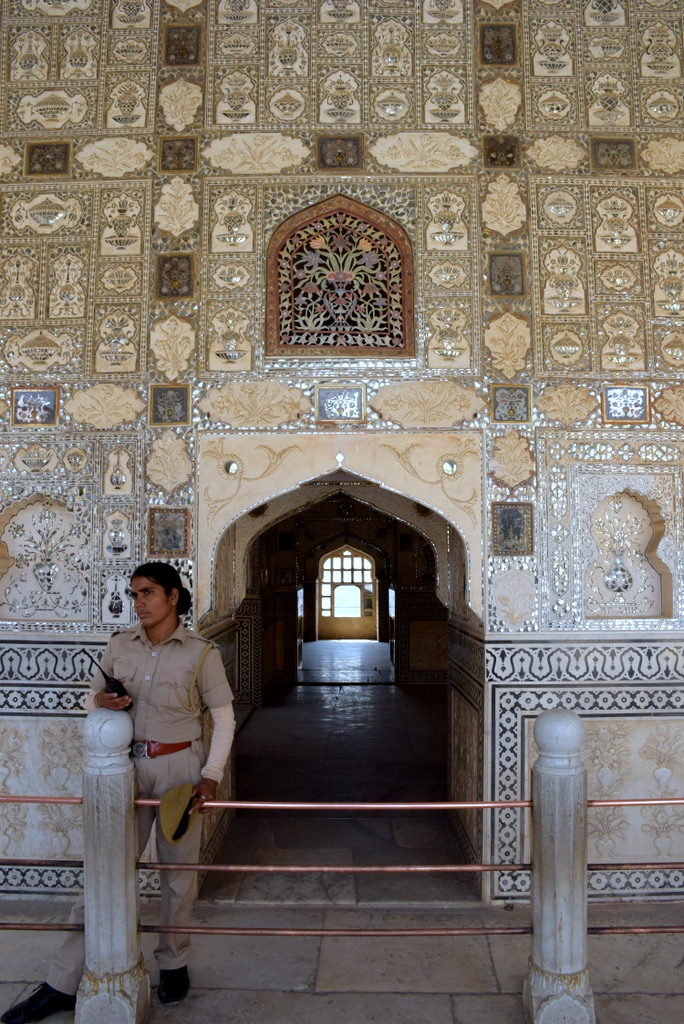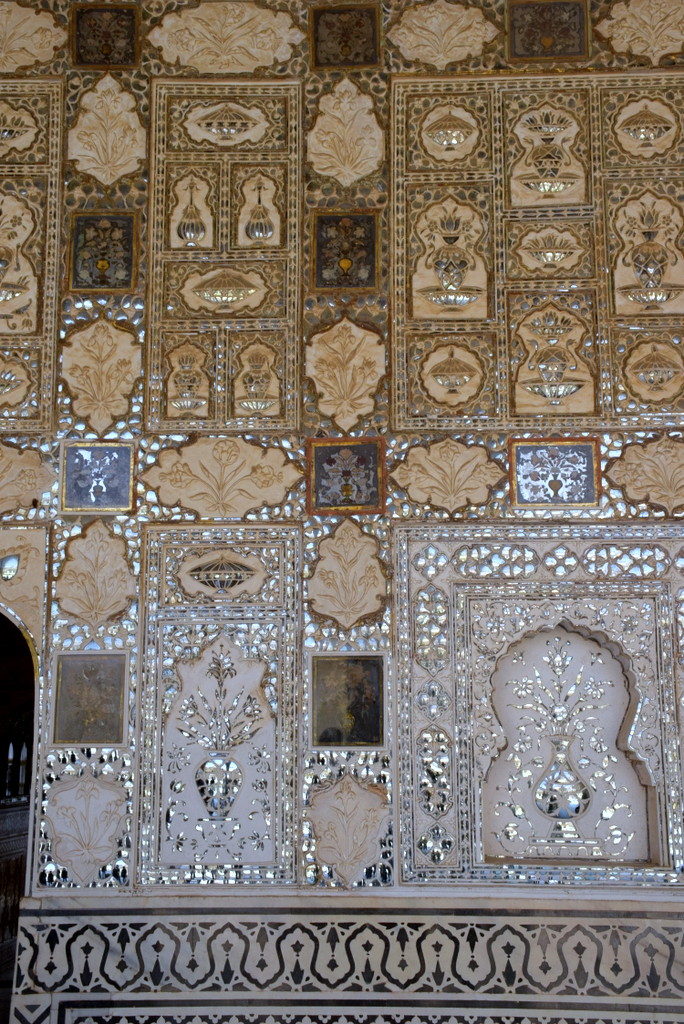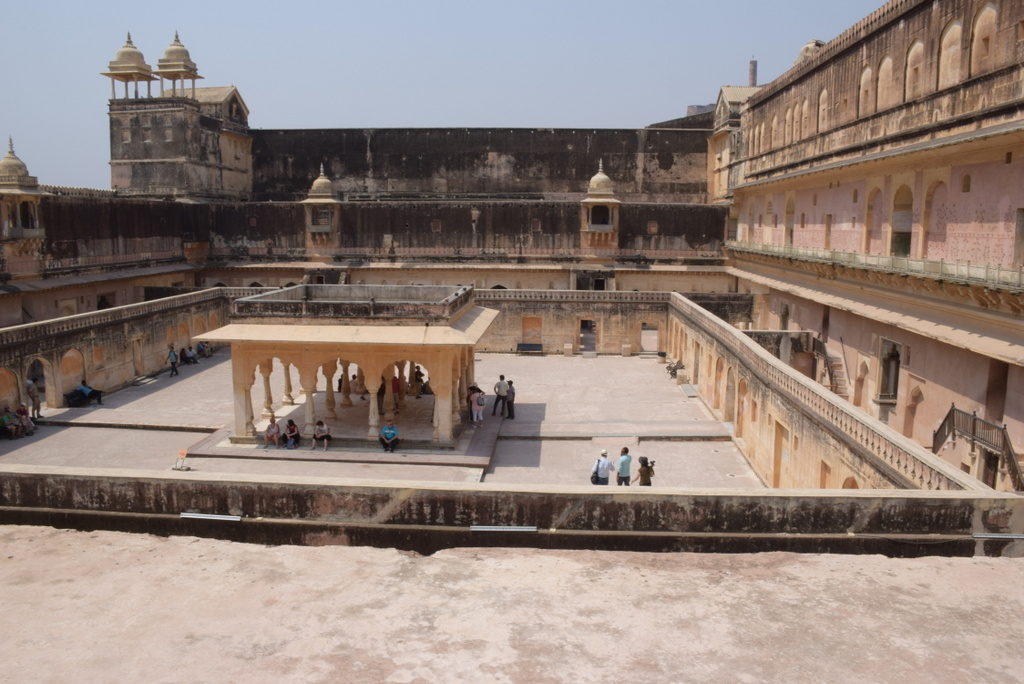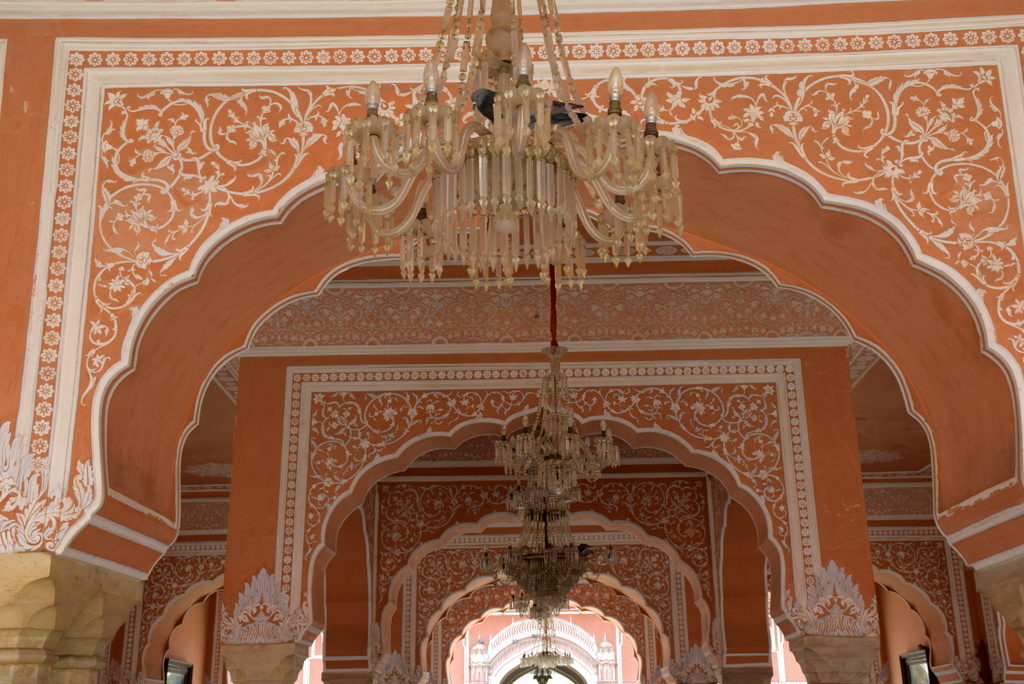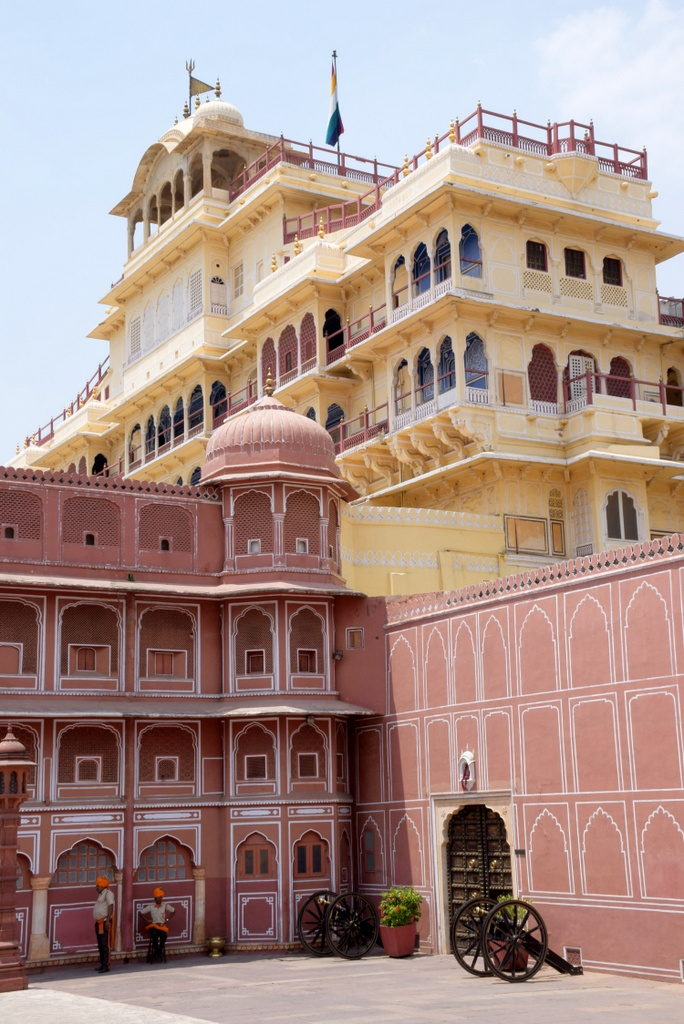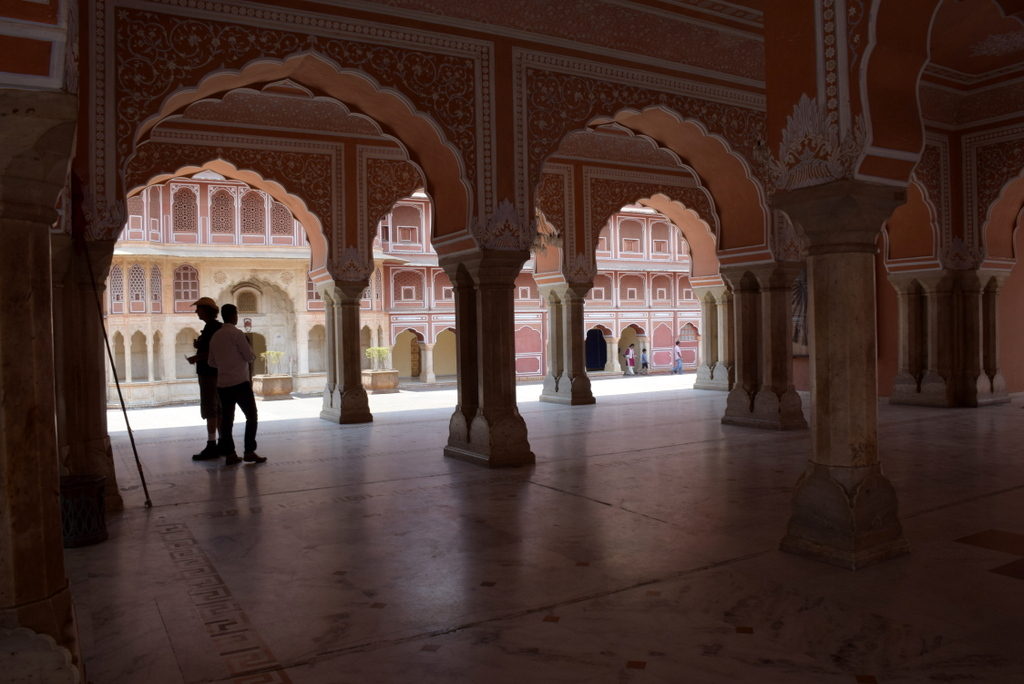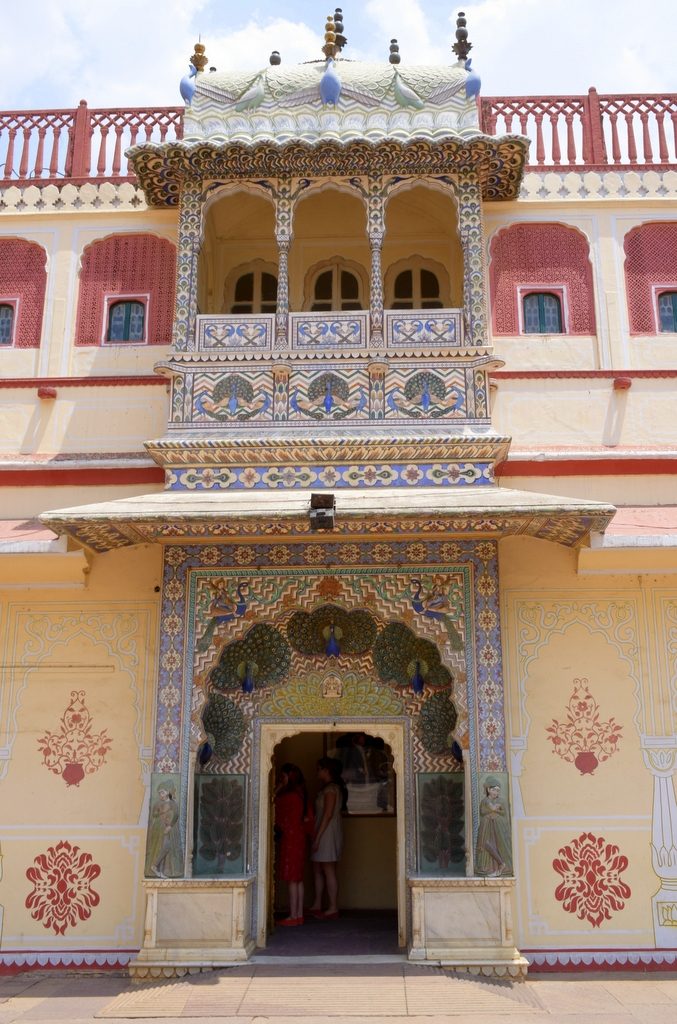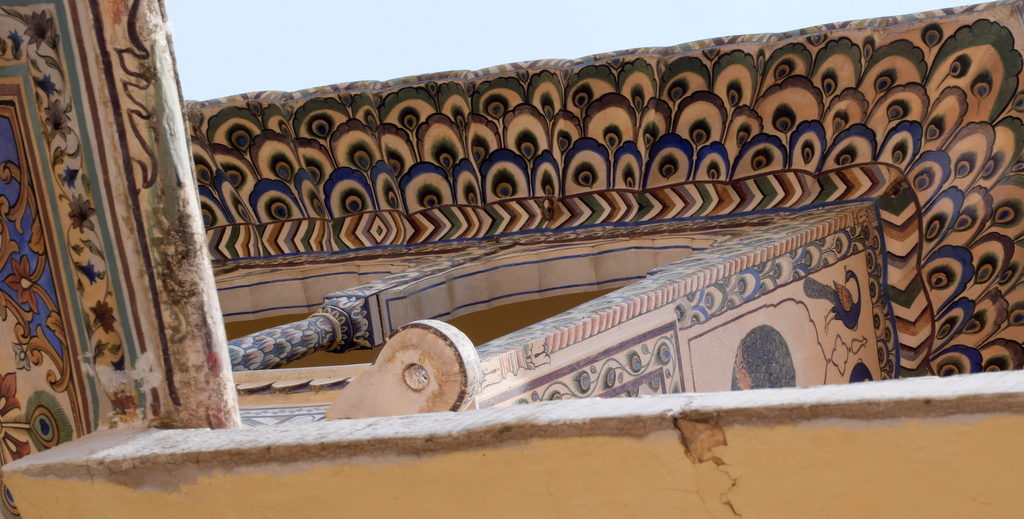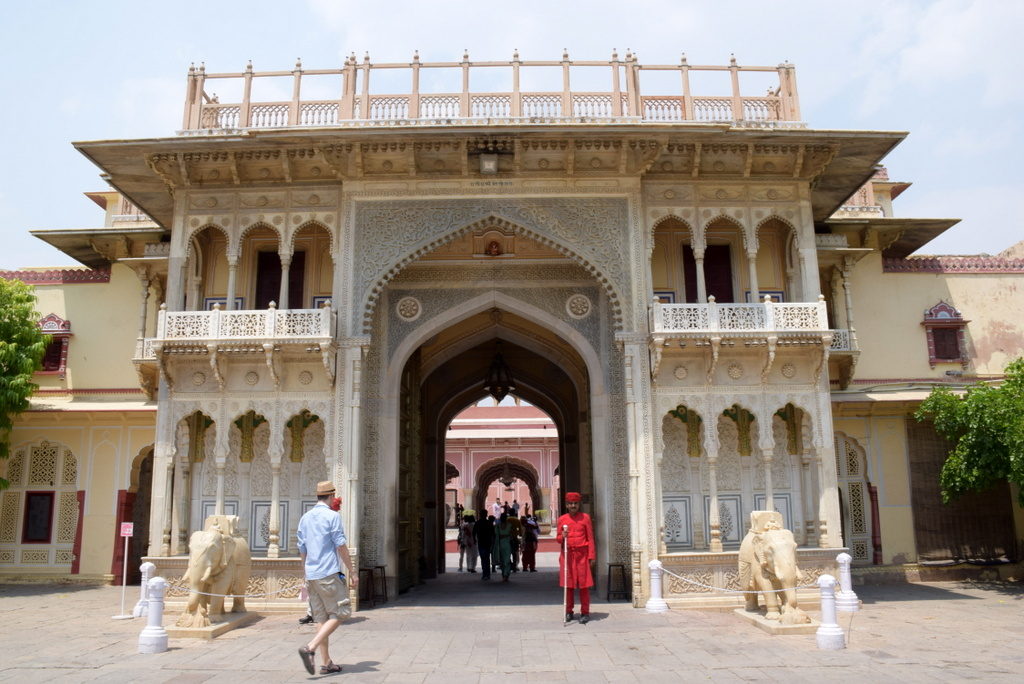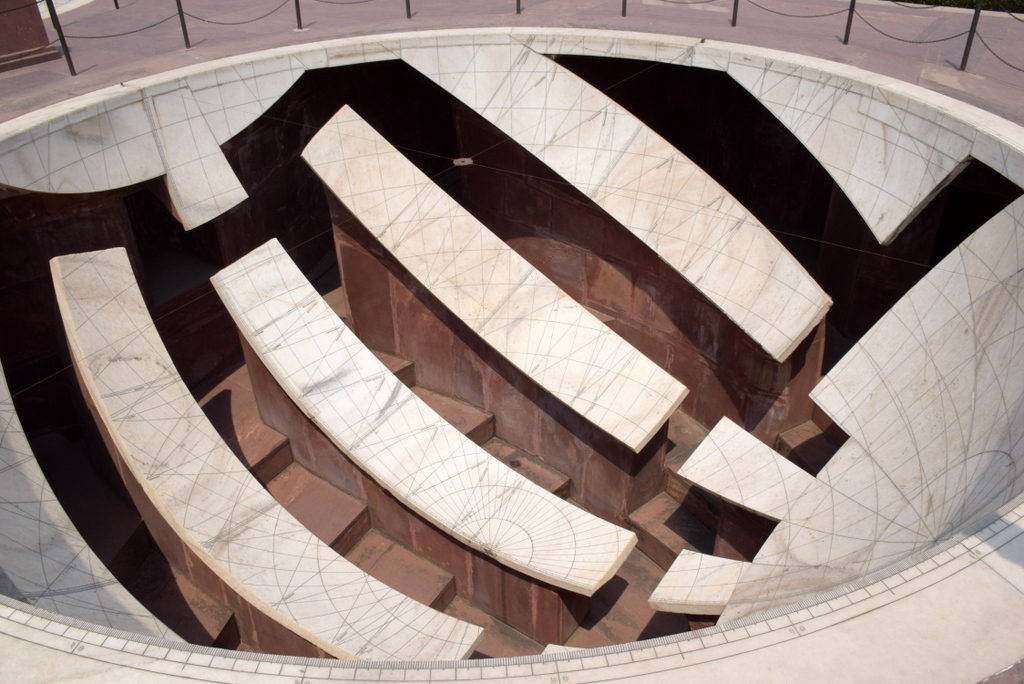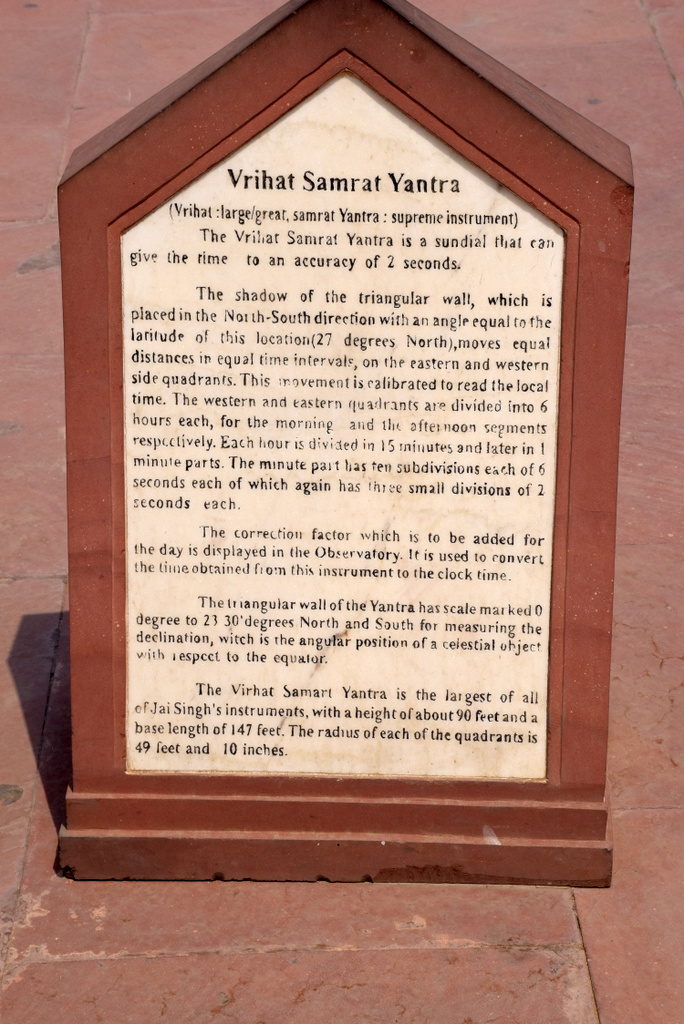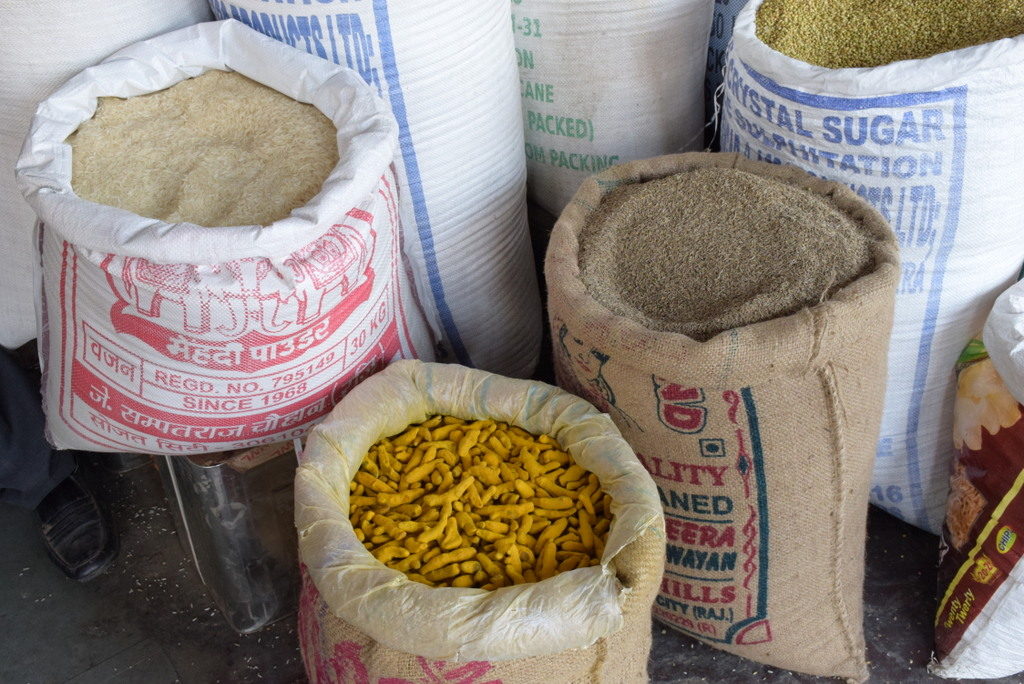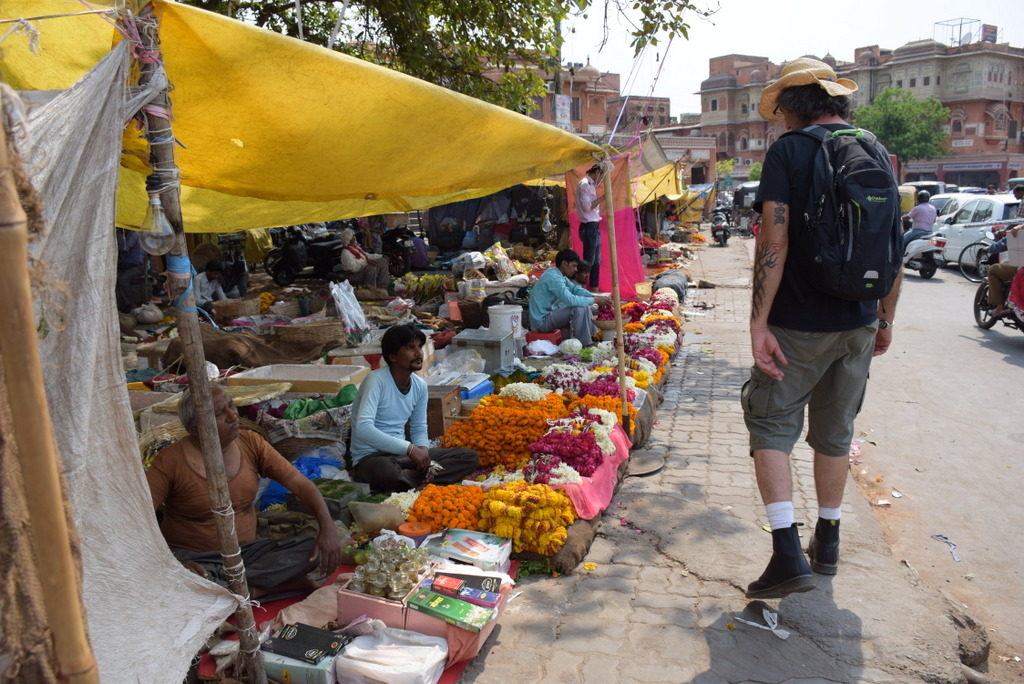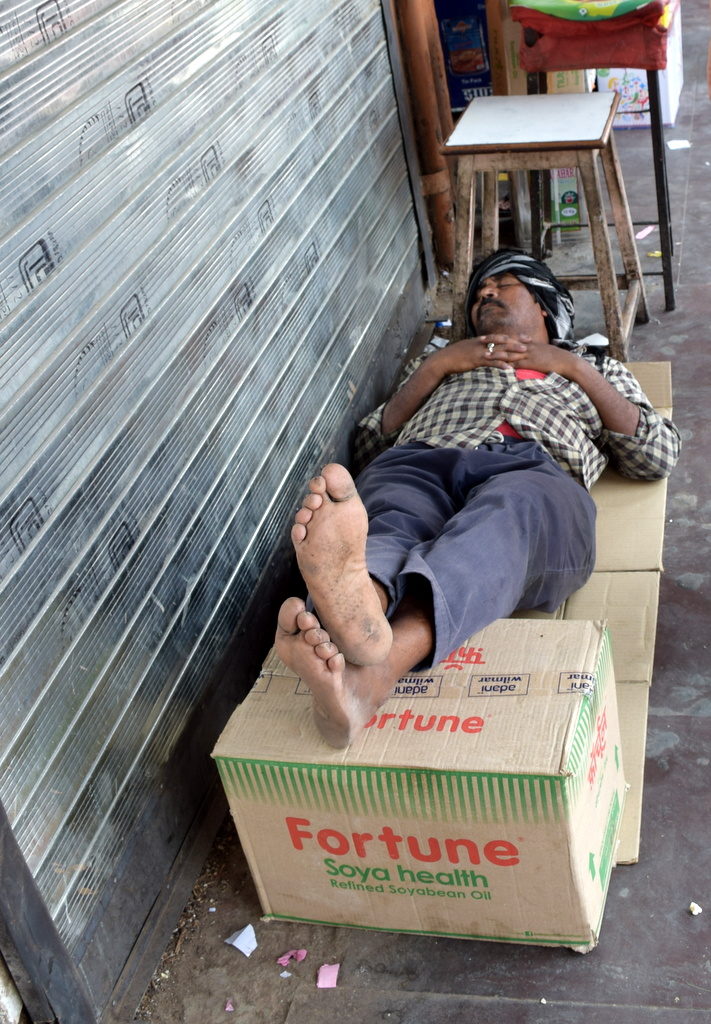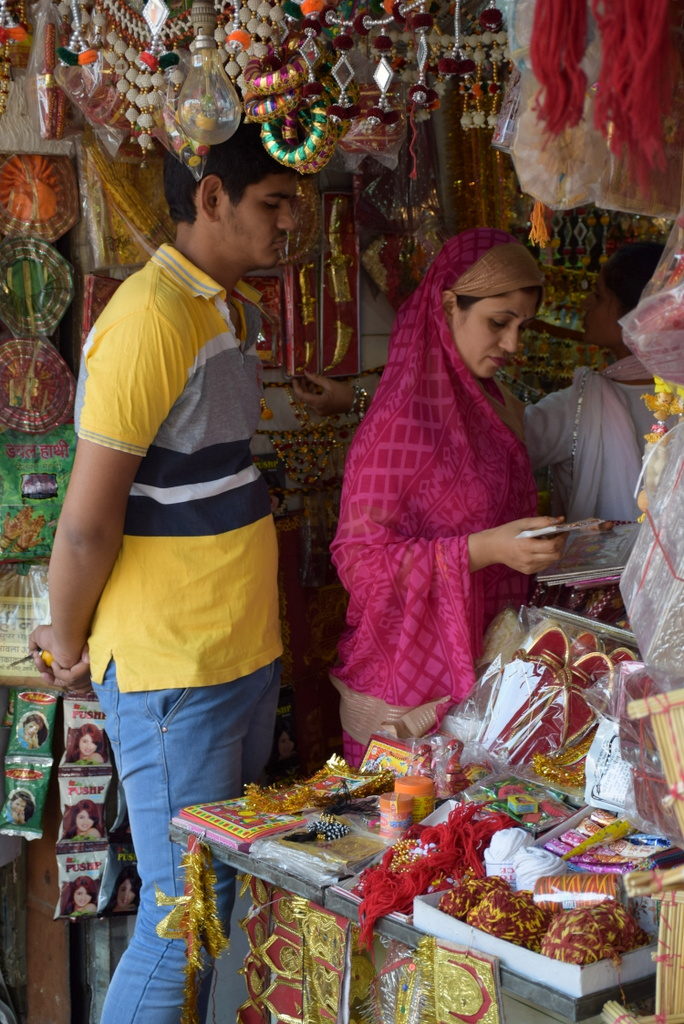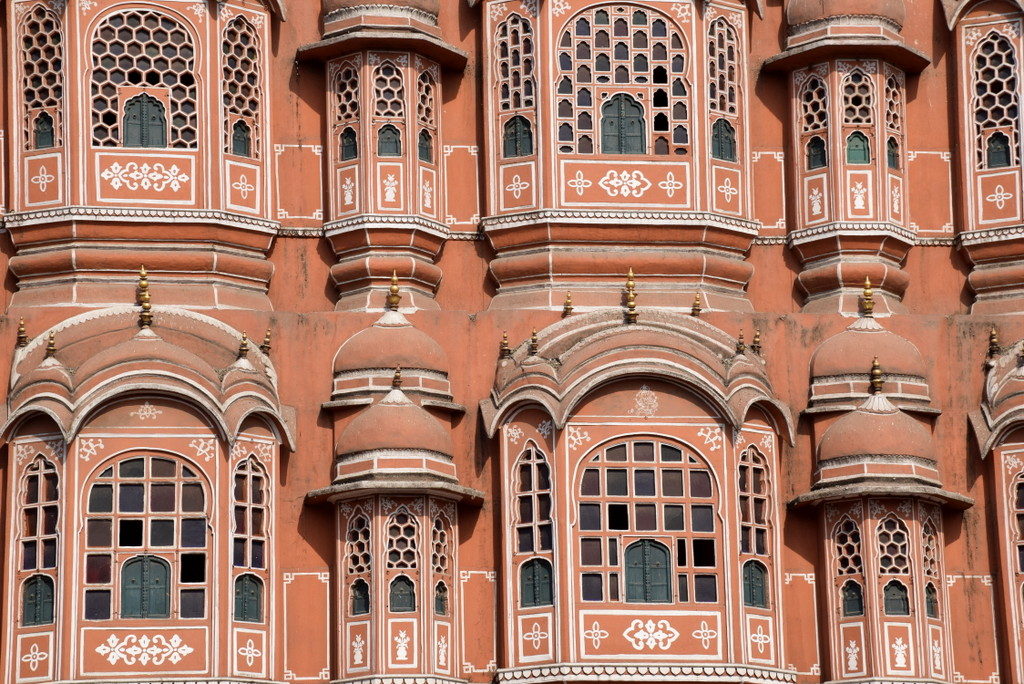After a great and leisurely breakfast we met our guide Singh, a native of Jaipur. Jaipur is also known as the pink city, welcoming city, and was part of the Silk Road.
Jaipur’s history dates back to the 12th century when the Kachchwaha clan or Rajputs arrived at the old fort palace of Amber in the Aravalli Hills. The Kachchwaha belonged to the Kshatriya, or the warrior caste of Hindus, but they traced their origins back to the sun, via Kusa who the twin son of the god Rama.
The people the Kachchwahas ousted were the Susawat Minas, who became the hereditary loyal guards of what became one of the largest and most valuable treasuries in India. From this base, the Kachchwaha Rajputs, with their brilliant soldiering, and a knack for lucrative alliances (even if that meant swallowingg Rajput pride), amassed a fortune. It was the special relationship the Amber rulers developed with the Mughals that brought them real power, influence and wealth.
The city of Jaipur was founded in 1727 by Jai Singh II, the Raja of Amer who ruled from 1688 to 1743. He planned to shift his capital from Amer, 11 km from Jaipur to accommodate the growing population and increasing scarcity of water. Jai Singh consulted several books on architecture and architects while planning the layout of Jaipur. Under the architectural guidance of Vidyadhar Bhattacharya, Jaipur was planned based on the principles of Vastu shastra and Shilpa Shastra. The construction of the city began in 1727 and took four years to complete the major roads, offices and palaces. The city was divided into nine blocks, two of which contained the state buildings and palaces, with the remaining seven allotted to the public. Huge ramparts were built, pierced by seven fortified gates.
During the rule of Sawai Ram Singh, the city was painted pink to welcome the Prince of Wales, later Edward VII, in 1876. Many of the avenues remained painted in pink, giving Jaipur a distinctive appearance and the epithet Pink city. In the 19th century, the city grew rapidly and by 1900 it had a population of 160,000. The wide boulevards were paved and its chief industries were the working of metals and marble, fostered by a school of art founded in 1868. The city had three colleges, including a Sanskrit college (1865) and a girls’ school (1867) opened during the reign of the Maharaja Ram Singh II.
We went by elephant up to the entrance of the Amer Palace/Fort. In 2013, Amer Fort, along with five other forts of Rajasthan, was declared a UNESCO World Heritage Site as part of the group Hill Forts of Rajasthan
According to our guide, Jaipur was one of the few places that remained Hindu after the Moguls brought the Muslim religion to India in around 1150.
The palace complex was quite stunning particularly the The Sheesh Mahal (Mirror Palace), which looked as if it was built just a few years ago!
The plaster looks and feels like marble and is a mixture of crushed sea shells, milk, crushed egg shells and a few other things to give it that look and feel, a secret recipe lost to time.
The highly colored frescos are delightful and we were amazed that the colors were so vibrant after hundreds of years. Apparently they were painted on wet plaster so dried with the plaster, thereby preserving the color.
Then a brief stop at the Jantar Mantar. According to our guide, the Rajput king Jai Singh II was asked by his wife one evening what a particular star was, but he couldn’t give her the answer. As a result the Maharaja spent the next 6 years studying astrology and then had the Jantar Mantar constructed in 1738
We walked through the old city (within the walls) for a few hours checking out the local market shops and taking in the atmosphere and feel on the street. We passed shops selling everything one could possible need from spices, tea, henna inks and tobacco. There was such a variety of people from brightly clothed Hindu women to sharp dressed gay Indian men to fully covered Muslim women.
Side Notes:
Turbans traditionally reflect cast, there are over 200 variations in color and style and can be up to 8 metres long!
Our previous guide we think was Muslim, I was asking him about the star of David which is used in Hindu and Muslim designs (but always has a centre image) and had said that I was Jewish, think that may have been why we had a bad attitude from him! Although he was generally bad mannered and unenthusiastic!
Gay men are accepted without any prejudice and have been for many years in India.
The caste system doesn’t seem to be a big deal in the larger cities but in the smaller towns and in the countryside it still is.Marriages are arranged within the clan and caste according to our guide!
Singh – our guide, explained many facts about Hindu traditions, – click here for info.










